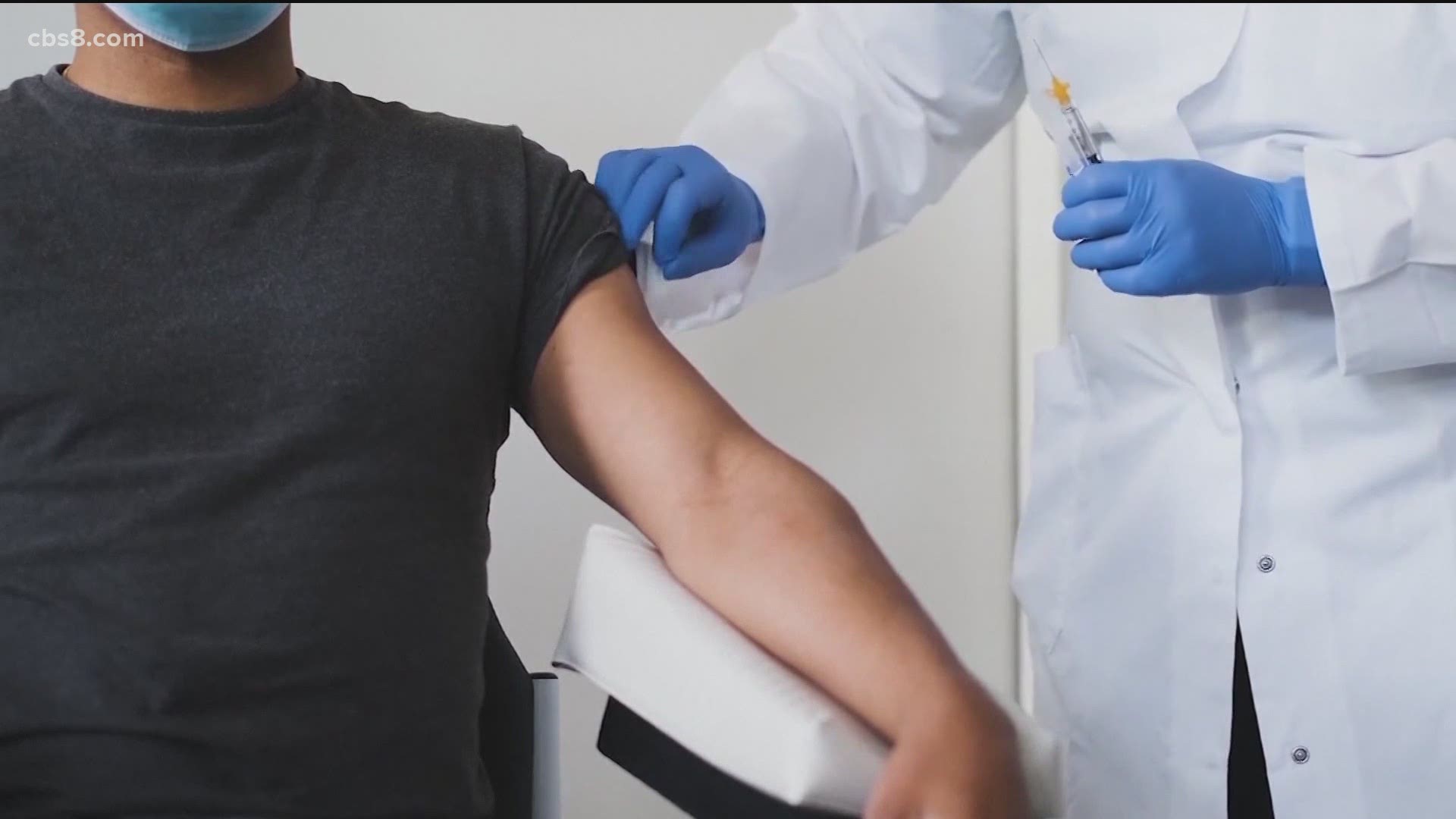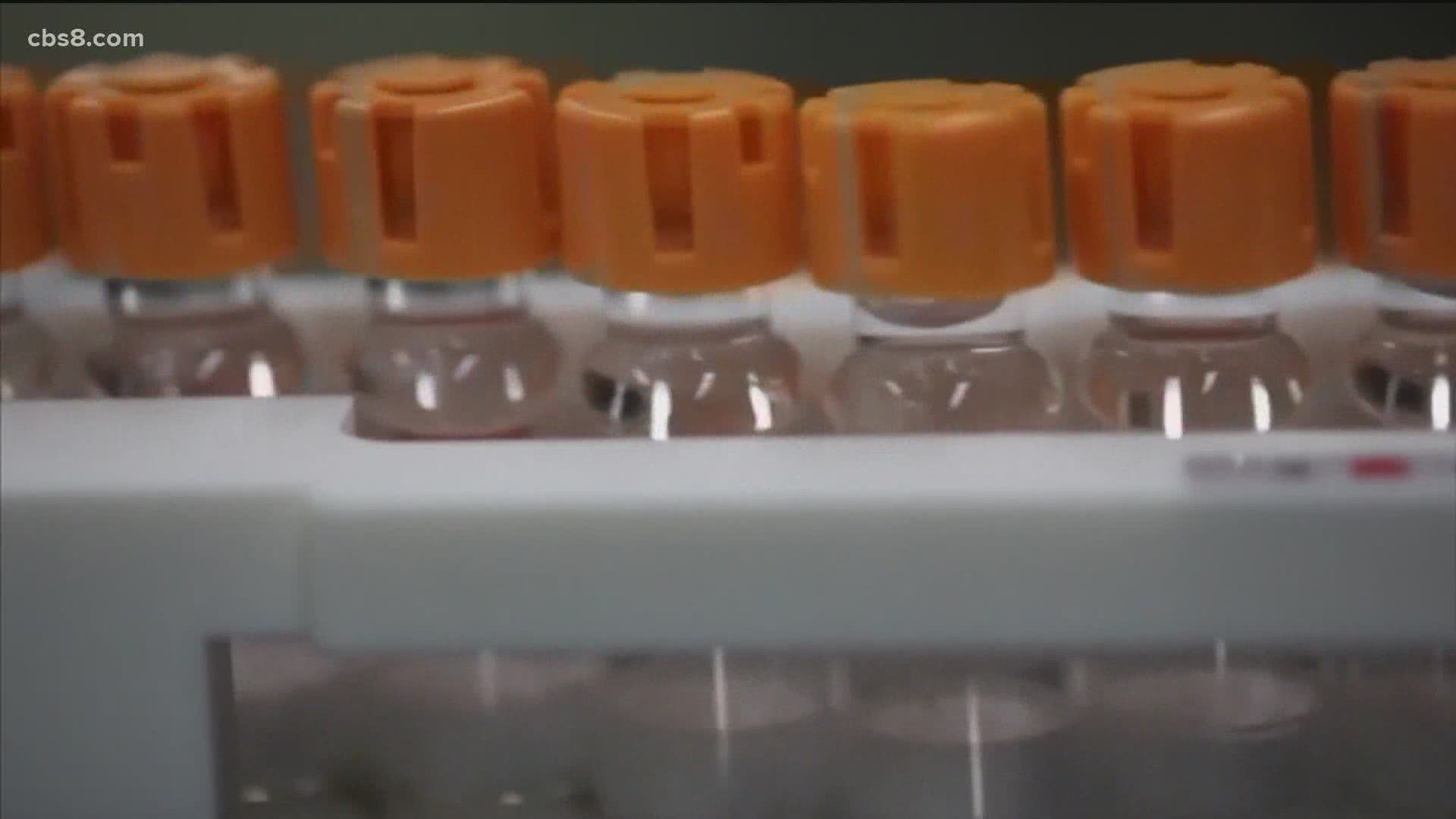SAN DIEGO — The Food and Drug Administration has approved the Pfizer COVID-19 vaccine for emergency use, according to reports Friday from The New York Times and The Washington Post. This approval will trigger the vaccine distribution process and San Diego County will receive about 28,000 doses within 24 to 48 hours.
The process from delivery to distribution is a complicated one, something health officials have long prepared for and say the state is in charge of saying where the vaccines should be shipped.
During a roundtable discussion Thursday, Health and Human Services Secretary Alex Azar detailed how the Pfizer vaccine will get from the factory into people's arms.
The massive undertaking is expected to begin within 24 hours of the FDA giving the green light.
Pfizer says most of the vaccines will ship from Kalamazoo, Michigan.
Doses will be loaded into trucks, moved to airports, and shipped by planes to places around the country. Fed Ex and UPS have teamed up to cover the entire U.S.
During the whole process the vaccines have to be kept cold. Pfizer says it uses GPS-enabled thermal sensors to track the location and temperature of each shipment.
"The logistics is something we know how to do," said Yaneer Bar-Yam, a scientist who specializes in pandemics.
Bar-Yam is also a professor and president of the New England Complex Systems Institute. He says while conducting mass vaccinations is complicated, it's been done before in areas with fewer resources.
"They were done in the Congo in the DRC with Ebola and infrastructure was much less available."
Locally, Rady Children's Hospital, UC San Diego Health, and the County's Health and Human Services Agency will store the vaccine and it will be distributed in a tiered system.
First up are healthcare workers. There are 39,000 throughout the county. But, only about 28,000 doses are coming in the first shipment. That covers 72 percent.
Future shipments will finish out the group and then move on to nursing home residents. That's estimated for January.
All seniors, those with underlying conditions and essential workers are next on the list.
Followed by the general public in the spring.
Until then, and even beyond, Bar-Yam says it's crucial we continue practicing the safety measures necessary to slow the spread.
"If we could get the transmission down significantly, we're not going to be paying the price and the vaccines will be much more useful."
The U.S. Marshal Service will be protecting the doses as they make their way across the country.
RELATED: COVID-19 vaccine questions answered


